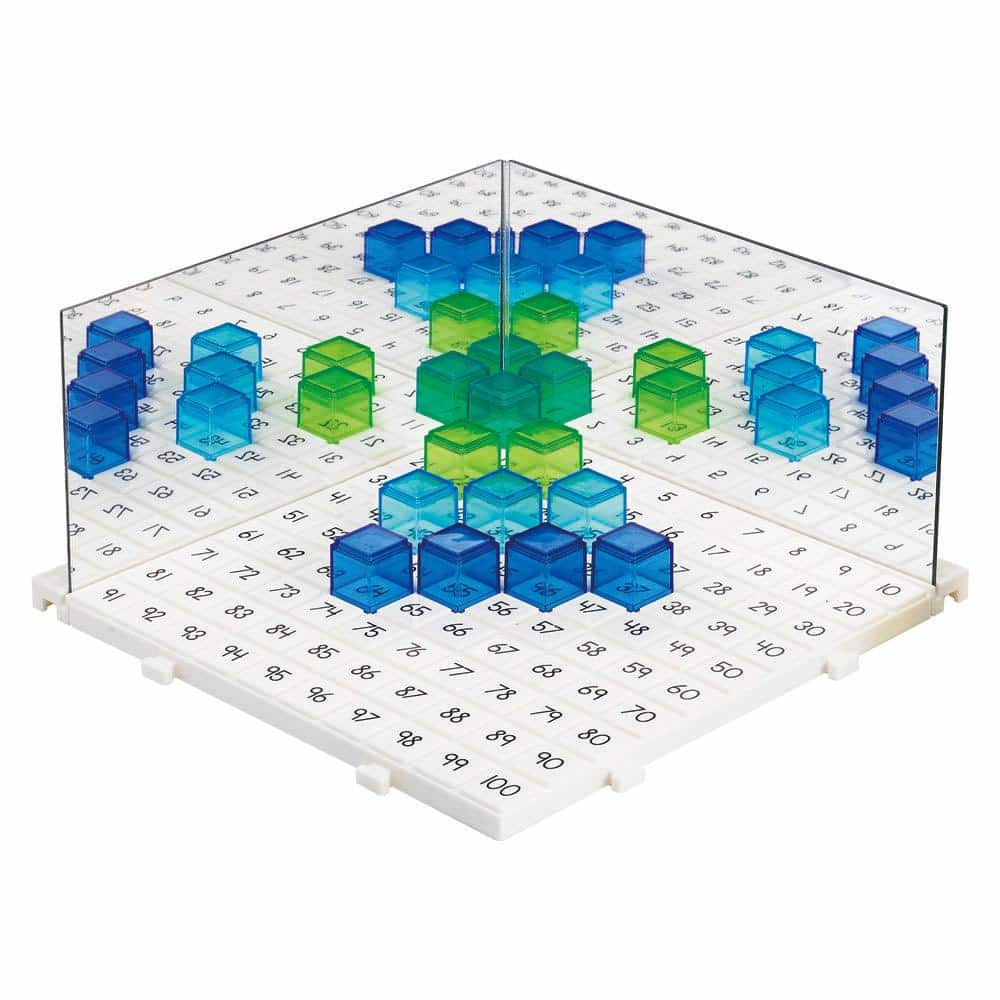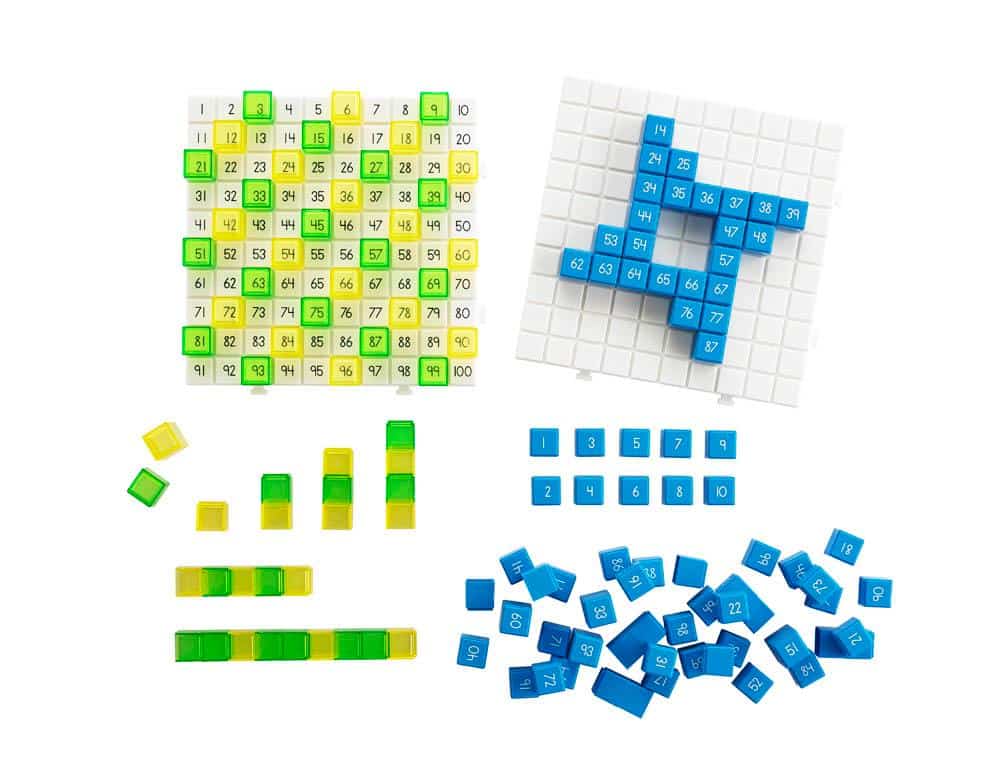How Magnetic Toys Enhance Spatial Reasoning and Logical Thinking
Introduction
Magnetic toys have become increasingly popular in recent years due to their ability to promote cognitive development in children. One of the key areas where magnetic toys excel is enhancing spatial reasoning and logical thinking skills. In this article, we will explore how these toys can positively impact a child’s cognitive abilities.
Features of Magnetic Toys
- Magnetic Building Blocks: These toys consist of various shapes and sizes that can be connected using magnetic force. Children can use their creativity to build structures, such as houses, castles, and bridges.
- Magnetic Puzzles: These toys involve solving puzzles by arranging magnetic pieces to form specific patterns or images. They challenge children to think critically and use their problem-solving skills.
- Magnetic Tiles: These toys are flat magnetic pieces that can be assembled to create two-dimensional designs. They encourage children to explore symmetry, patterns, and spatial relationships.
- Magnetic Letters and Numbers: These educational toys help children with letter and number recognition. They can be used to create words, equations, and simple mathematical operations.
Enhancing Spatial Reasoning
Spatial reasoning refers to the ability to mentally manipulate and transform objects in space. Magnetic toys provide hands-on experiences that improve spatial skills in the following ways:
- Developing spatial awareness: By working with magnetic toys, children learn to understand how objects relate to each other in three-dimensional space. They can experiment with different combinations and visualize how the pieces fit together.
- Enhancing visualization skills: Magnetic toys allow children to mentally rotate and manipulate objects, which strengthens their ability to mentally visualize objects from different perspectives.
- Promoting 3D thinking: Building structures with magnetic toys promotes thinking in three dimensions. Children learn to translate their mental representations of objects into physical creations.
Improving Logical Thinking
Logical thinking involves making reasoned judgments and drawing conclusions based on available information. Magnetic toys stimulate logical thinking skills through:
- Problem-solving challenges: Magnetic puzzles require children to analyze the given information and determine the correct arrangement of magnetic pieces. This encourages logical reasoning and sequential thinking.
- Pattern recognition: Magnetic toys often involve recognizing and replicating patterns. By engaging in this activity, children train their brains to identify patterns and apply logical rules to recreate them.
- Cause and effect relationships: When children experiment with magnetic toys, they begin to understand cause and effect relationships. They learn that specific actions result in predictable outcomes, developing their ability to think logically.
Conclusion
Magnetic toys are not just entertaining; they provide valuable benefits for children’s cognitive development. By enhancing spatial reasoning and logical thinking skills, these toys lay foundations for problem-solving abilities, critical thinking, and creativity. Introducing magnetic toys to children can be an excellent investment in their intellectual growth.


